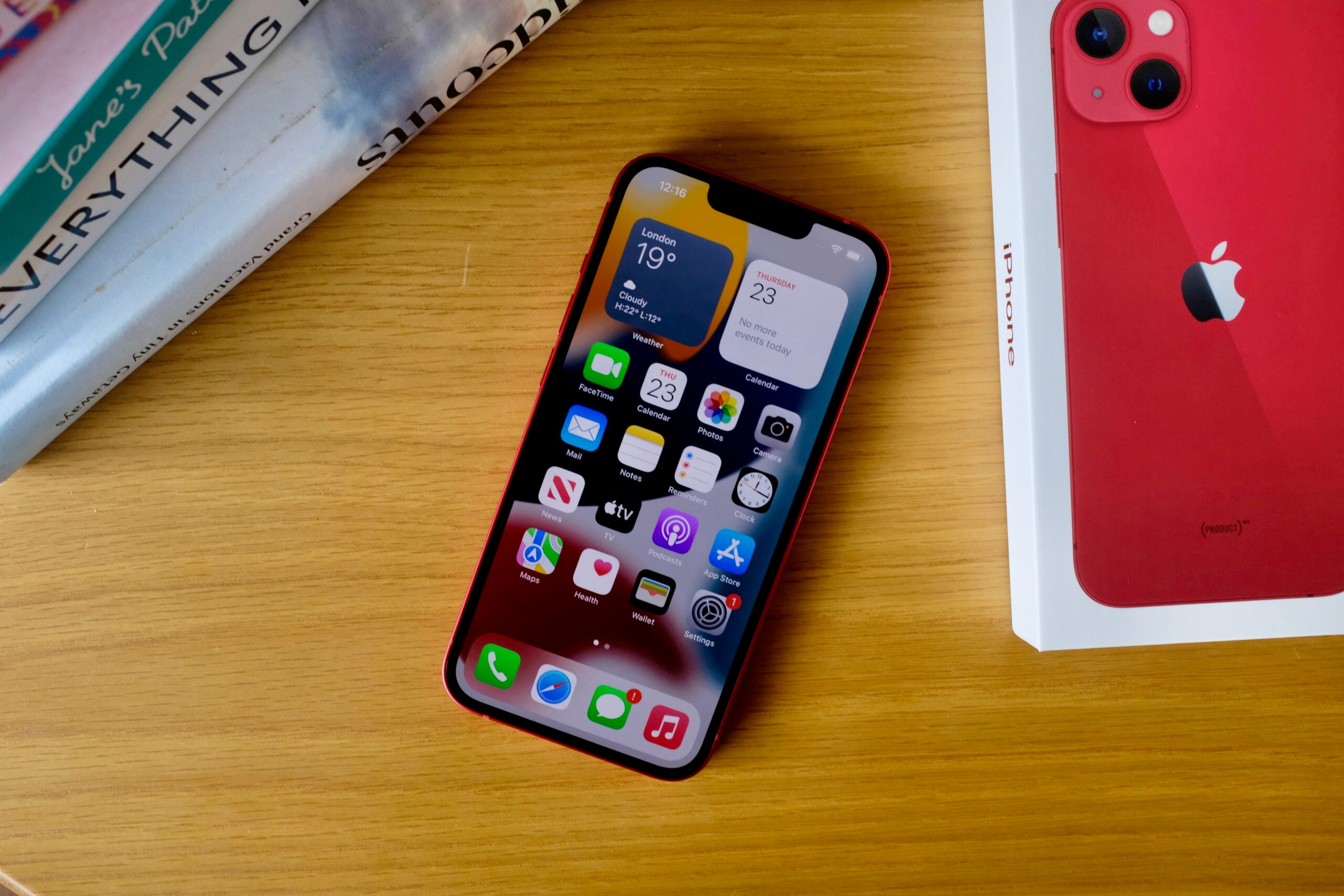Apple iPhone 13 Pro Review
Still a great phone
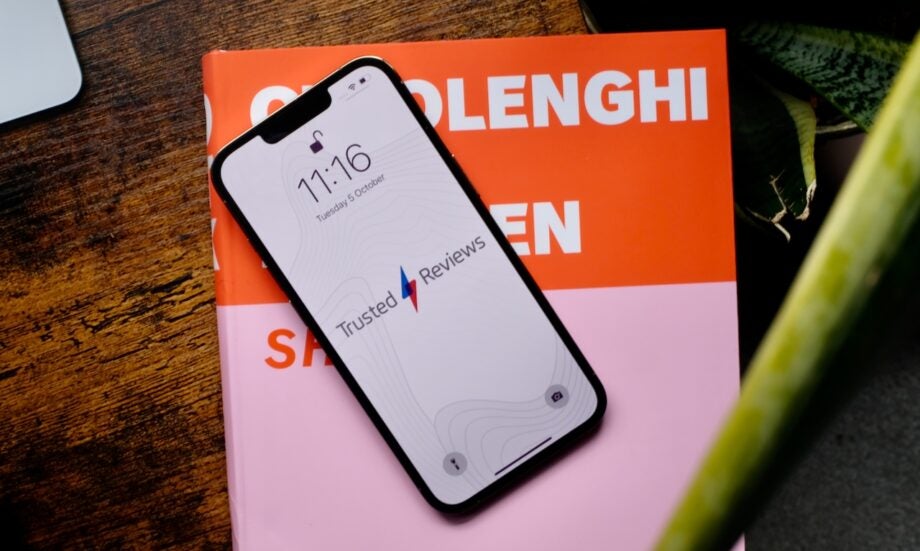

Verdict
The iPhone 13 Pro might no longer be the very best iPhone around, yet if you can find it for a good price there are still some excellent features here – and it’s a better overall buy than the iPhone 14.
Pros
- Great to finally see a 120Hz display on an iPhone
- Good battery life
- Seriously impressive camera system
Cons
- Other phones have better zoom
- The notch feels dated
Availability
- UKRRP: £949
- USARRP: $999
- EuropeRRP: €1189
- CanadaRRP: CA$1399
- AustraliaRRP: AU$1699
Key Features
- ProMotionFinally we get an iPhone with a 120Hz adaptive display
- Triple camera arrayThree 12MP cameras sit on the back – and they are great
- Improved internalsApple A15 Bionic chipset, 6GB RAM and up to 1TB storage
Introduction
The iPhone 13 Pro brought with it a number of firsts for the flagship smartphone from Apple and even a year on it remains an excellent phone we can still recommend.
Big features added with the 13 Pro included a completely new screen tech, a significant upgrade in low-light camera performance when compared to the 12 Pro, plus much better battery life.
The phone is no longer sold by Apple, who replaced it with the iPhone 14 Pro in September 2022, yet if can find one for a cheaper price then it remains a solid phone capable of running the latest iOS 16 software.
Design and screen
- First iPhone to boast a 120Hz display, up from the standard 60Hz
- This makes for far smoother navigation
- Slightly smaller notch for the front camera system
Explaining the benefits of faster refresh rate displays and 120Hz is difficult. It’s really one of those things you need to try out in the shop to get a feel for what it adds.
All previous iPhones (and the iPhone 13) have included 60Hz panels, which means they attempt to refresh 60 times every second. But on the iPhone 13 and 13 Pro, the panel can now refresh up to 120Hz – or 120 times a second.
At its most basic, this makes actions feel faster. There’s no jarring as you scroll through a website or around the homescreen, while apps rise into view smoothly.
Refreshing at 120Hz isn’t always a good use of power, however, so these LTPO panels are adaptive – they move between refresh rates depending on the task at hand. This is what Apple calls ProMotion.
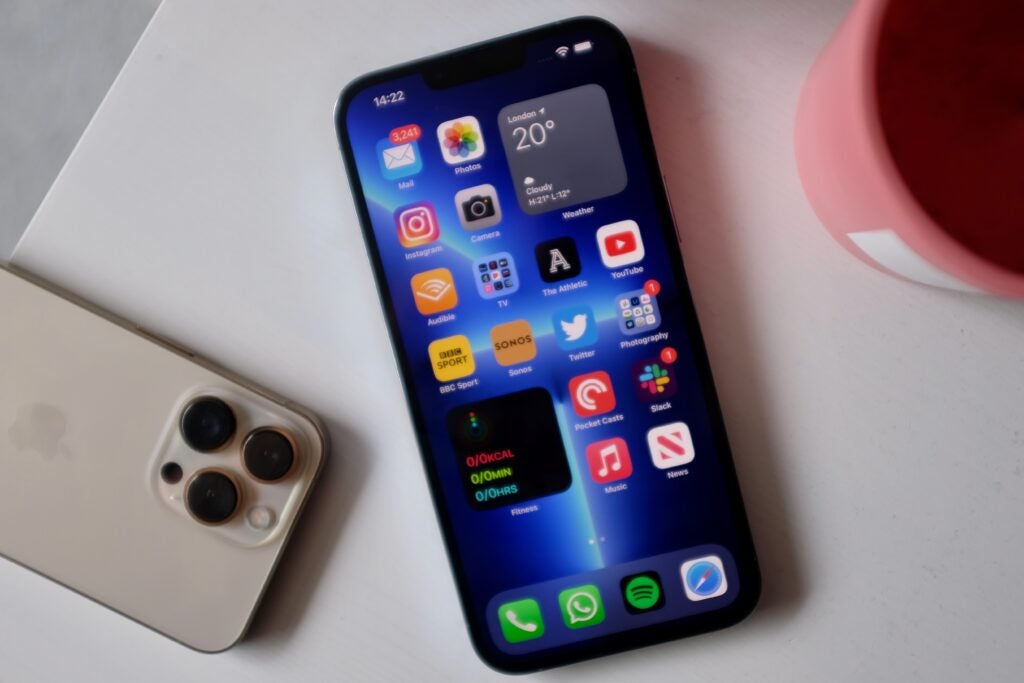
When you’re doing something on your phone where 120Hz is likely to make a visible difference, such as scrolling Twitter or gaming, the panel will aim for that – and, in my experience, hit it. However, if you’re watching a YouTube video, most of which are shot at 30fps, the screen will slow down. Reading a book? It will get even slower, down to a low of 10Hz.
My only slight disappointment here is that there isn’t a way for the screen to go down to 1Hz, which could have enabled a clever always-on display to keep the time and notifications always visible. Apple engaged a similar trick on the Apple Watch, and with so many Android phones including these always-on displays, it feels like a missing trick on the iPhone 13 Pro.
I noticed the benefits of ProMotion right from the setup screen, and even following a week of use, its effects still stand out. The smoother scrolling is noticeable everywhere (especially in Apple’s apps and those updated to fully take advantage), and now when I pick up the iPhone 13 or iPhone 12 Pro, it just feels slower.
Now, Apple is far from the first to implement such tech. There were 90Hz screens on Android phones in 2017 and all the best Android phones of 2022 use them. I’m just glad Apple has finally brought the tech to the iPhone, since it always felt like the missing piece.
ProMotion aside, the iPhone 13 Pro’s screen is sublime – right up there with the Samsung Galaxy S21 Ultra for quality. The OLED panel delivers deep blacks with infinite contrast, while the brightness levels make outdoor readability among the best I’ve seen.
While the larger 6.7-inch Pro Max is certainly the one to go for if you watch a lot of videos on your phone, the 6.1-inch is no slouch. I loaded up a few episodes of Our Planet on Netflix and Foundation on Apple TV Plus, and the vividness and vibrancy of the colours displayed are glorious. To my eyes it’s a less saturated display compared to the Samsung flagships, showing more natural tones.
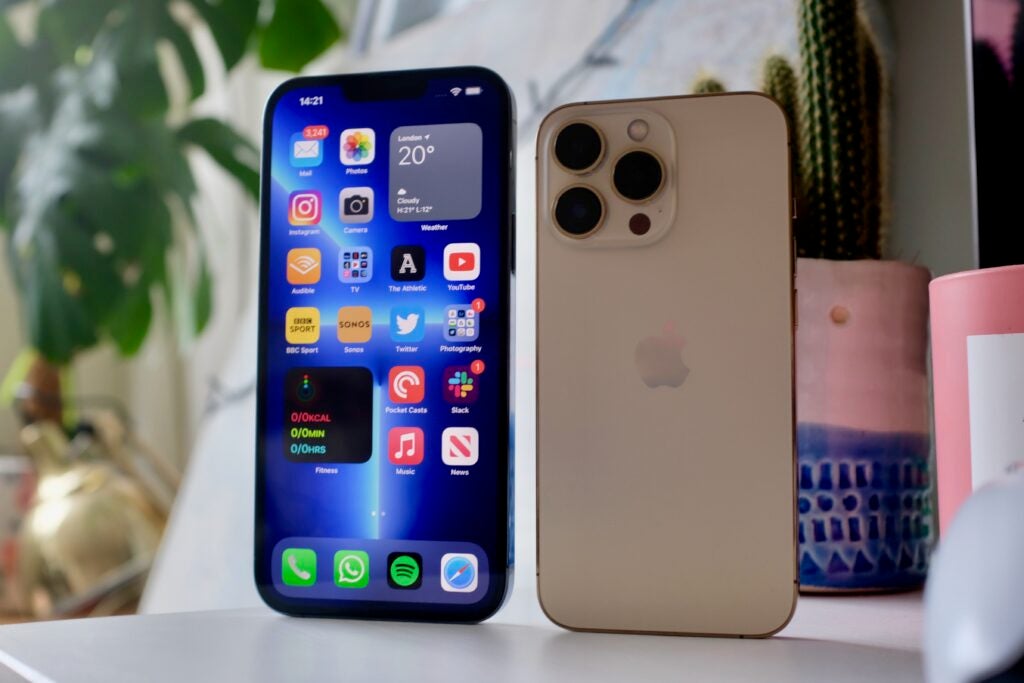
One of the more obvious visual changes is the smaller notch that houses the TrueDepth front camera system. Apple says it’s around 20% smaller, but really it’s just narrower rather than smaller all around. If you’re not a fan of the notch, then you’re unlikely to be swayed here. If it didn’t bother you before, then you’re likely to remain unaffected by it here.
Apple finally ditched, or at least heavily altered it, with the launch of the iPhone 14 Pro with its Dynamic Island.
It’s slightly thicker and heavier (the Max, in particular, is very heavy; see below for all the weights and dimensions), with a far larger camera module to house the new photography setup. Everything else, from the shiny stainless steel sides to the frosted back and the Ceramic Shield front, is the same. It retains an IP68 rating, too.
The gripes I had about the iPhone 12 Pro’s stainless steel sides remain here: even on the 13 Pro, these areas quickly become greasy and smudged. This is a problem with the 14 Pro, too.
Apple has added an additional colour option with the 12 Pro, however, in the form of Sierra Blue. It isn’t as rich as the Pacific Blue iPhone 12 Pro – it has a silvery finish – but I like it a lot. The other colours are Gold, Graphite, Green and Silver.
Camera
- Three 12-megapixel cameras on the back
- FaceID camera around the front
- Focus on extra features for videography
When Apple launched the iPhone 12 Pro and Pro Max, both models were fairly different. If you wanted in-body stabilisation or the bigger, wide sensor, you had to opt for the 6.7-inch Max model. This isn’t the case anymore.
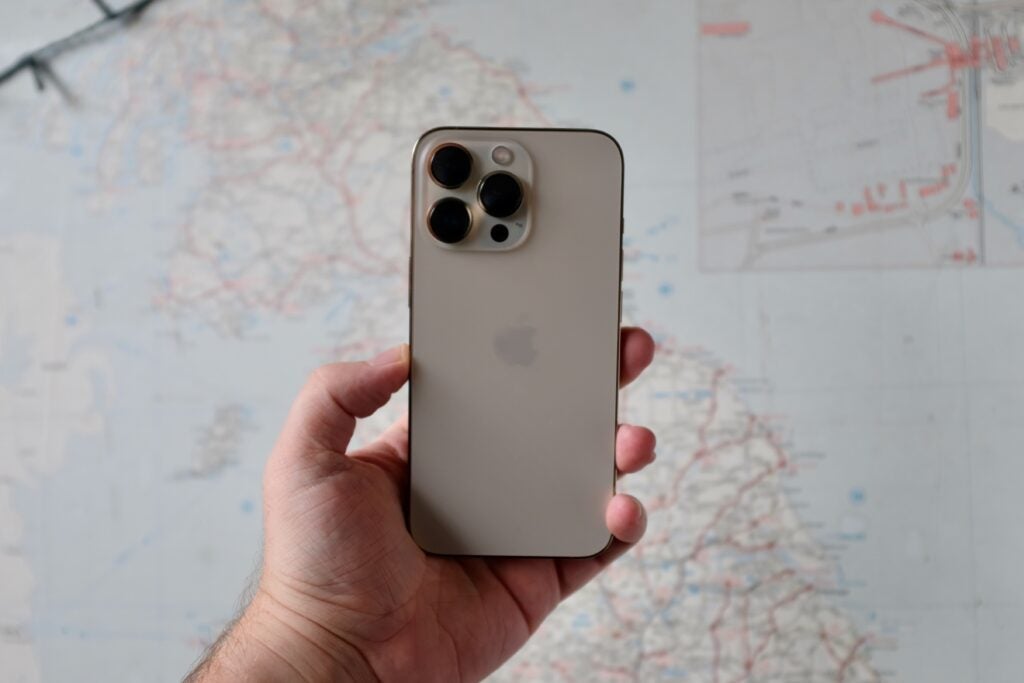
Both the iPhone 13 Pro and Pro Max come with the exact same camera – and, in many situations, and even a year on, it is still one of the best smartphone cameras around.
The triple-camera array consists of a 12-megapixel wide sensor with an f/1.5 lens, a 12-megapixel f/1.8 ultra-wide for a 120-degree field of view, and a 12-megapixel 77mm telephoto capable of 3x optical zoom. There’s also a LiDAR sensor to help with low-light portraits.
That 12-megapixel wide camera has far larger pixels and a wider aperture than before. Apple claims this can let in 2.2x more light than before. In addition, Apple claims the new ultra-wide can also let in 92% more light.
The 12-megapixel wide camera is simply stunning. Those bigger pixels give images more natural depth, while the level of detail captured, especially in fur and hair, is fantastic. Apple’s Smart HDR system is now in its fourth iteration, and it does a wonderful job of levelling out dynamic range and colours in trickier situations while keeping everything looking realistic.

Look at the images below, you can see the specks of sand attached to the dog’s face and the individual strands in the sheep’s coat. Again, in the shot of the dog on the beach, there’s a lovely natural blur in the background that all comes from that bigger sensor.


However, it’s at night where we see the biggest differences. The iPhone 13 Pro relies on its dedicated Night mode far less, since the wider aperture lets in plenty of natural light. The shots below of food were taken in near-complete darkness, with only a smattering of candles for light. Yet, there’s plenty of detail and natural colours on show. The light sources are also properly exposed; they’re not blown out.

The Night mode is still present, and you can see how it helps get far more oomph in the sunset shots below. You still can’t enable this Night mode manually – it just jumps into action when the light is particularly low.
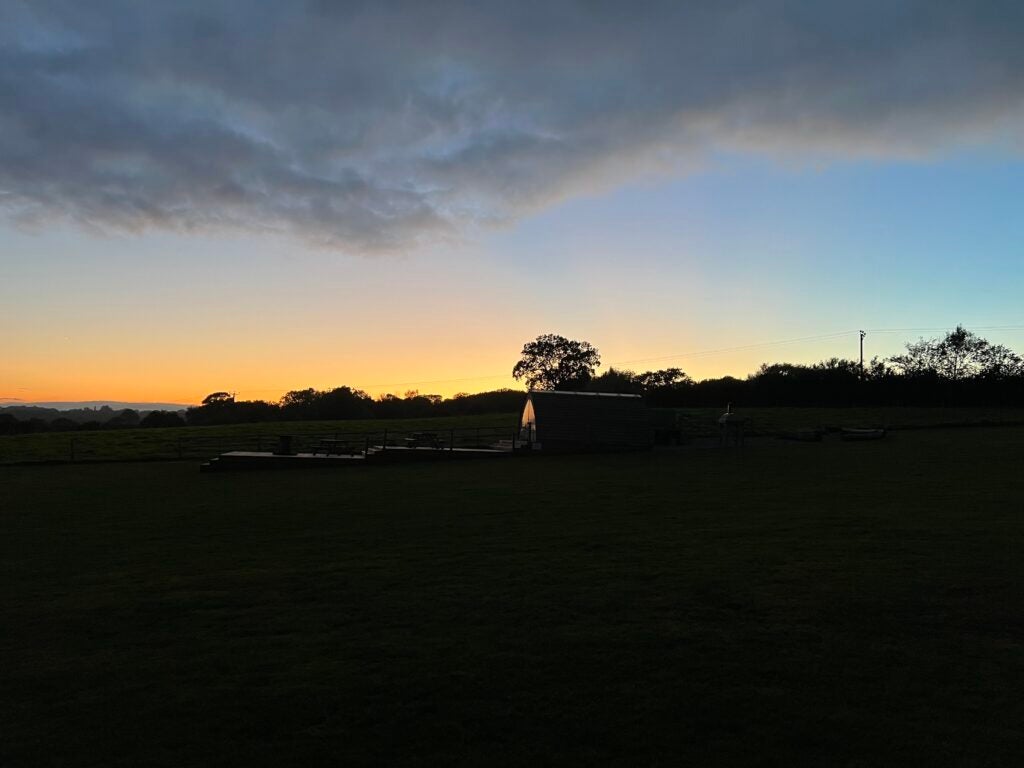
Main camera aside, the optical zoom has now been bumped up to 3x (77mm), so you can punch in a little more than before. This is fantastic for portraits – and you can get some quite striking images. However, it isn’t comparable to the zoom features of the S21 Ultra or newer S22 Ultra, which still pull out far crisper shots thanks to the periscope setup.

The zoom camera has a slower lens when compared to the 12 Pro. It’s now f/2.8 rather than f/2.0, meaning that while daylight zooming is better, at night it’s fractionally less capable than before.
Finally, there’s the ultra-wide. This 12-megapixel sensor is pulling double duty this year, since it’s used both for typical ultra-wide shots and for the new Macro mode. The ultra-wide shots I’ve taken are generally pleasing, with Apple managing to keep the colours between the three sensors looking very even.
The Macro mode is fun and can be used to take some great shots. It’s far better than any Android phone with a low-res macro sensor and, as you can see from the two images below, it does grab some fantastic details.
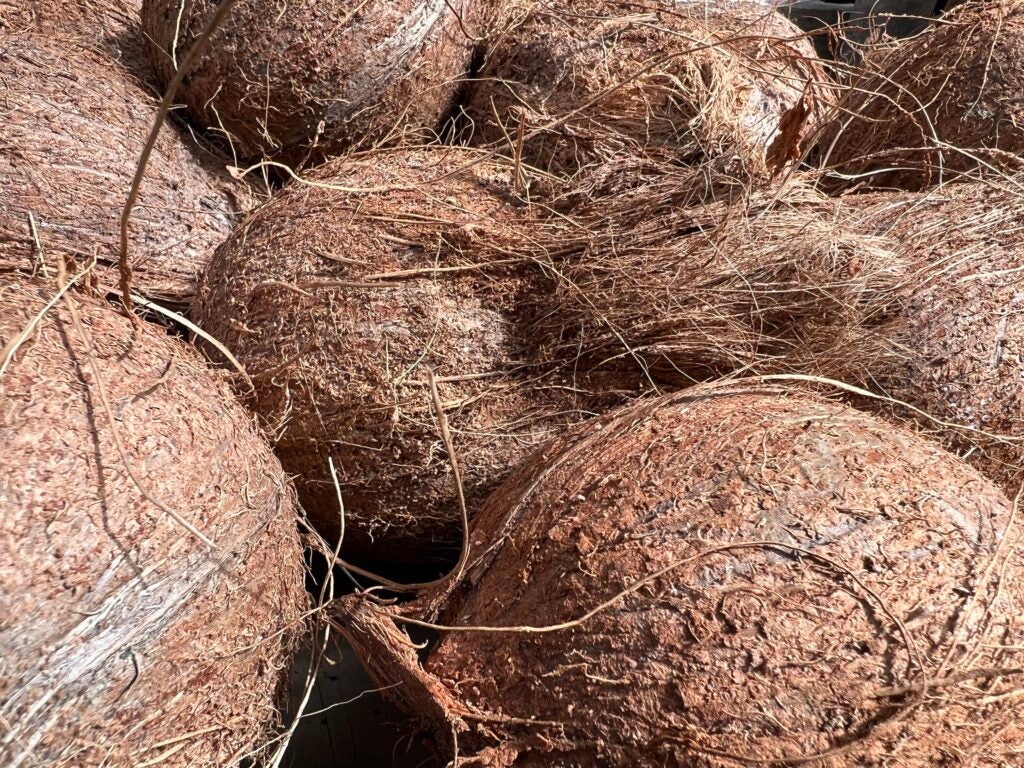

Over on the video side, there’s a new Cinematic mode that is basically Portrait mode for video. It takes this idea further by adding in focus racking, which allows the camera to switch focus points if a face turns away, for example.
Like Portrait mode when it was first introduced, the effect is a little janky in its current form, going from looking great to terrible super-quickly. But, the focus racking works well and I hope the effect will improve in the future. Be warned it only works up to 1080p 30fps, so factor that in when you’re deciding which mode to shoot with.
Later in the year, the iPhone 13 Pro will also gain support for ProRes recording – a format that allows for greater control over colour grading in post-production. Oddly, if you have the 128GB Pro model then you won’t be able to shoot ProRes in 4K, likely due to the space it takes up.
I’d have liked to have seen some more upgrades to the front camera. The 12-megapixel selfie camera has been the same for generations now, and it could really do with a little more attention.
However, my biggest criticism of the camera is the app, which is beginning to feel quite bogged down by all the modes and options. It remains basic in parts, but still convoluted and confusing. Options are hidden behind tiny UI elements, and all the different video options are separated from each other. For example, the new Photography Styles feature is hidden away, not easy to find.
These Photography Styles provide a little more control over the look of your snap. The Vibrant style boosts colours and saturation, very much in the vein of a Galaxy S-series flagship. The High Contrast option ups the dynamic range, producing striking results that aren’t too dissimilar to those from a Google Pixel. Finally, there’s Warm and Cool, both of which do pretty much what they say on the tin.
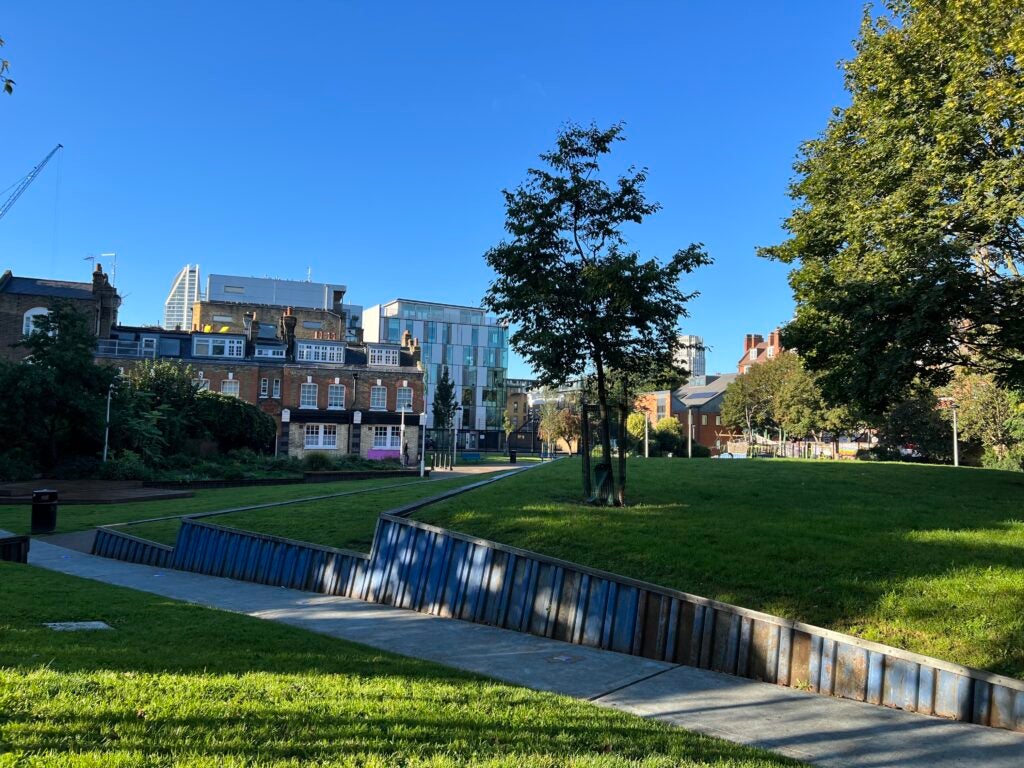
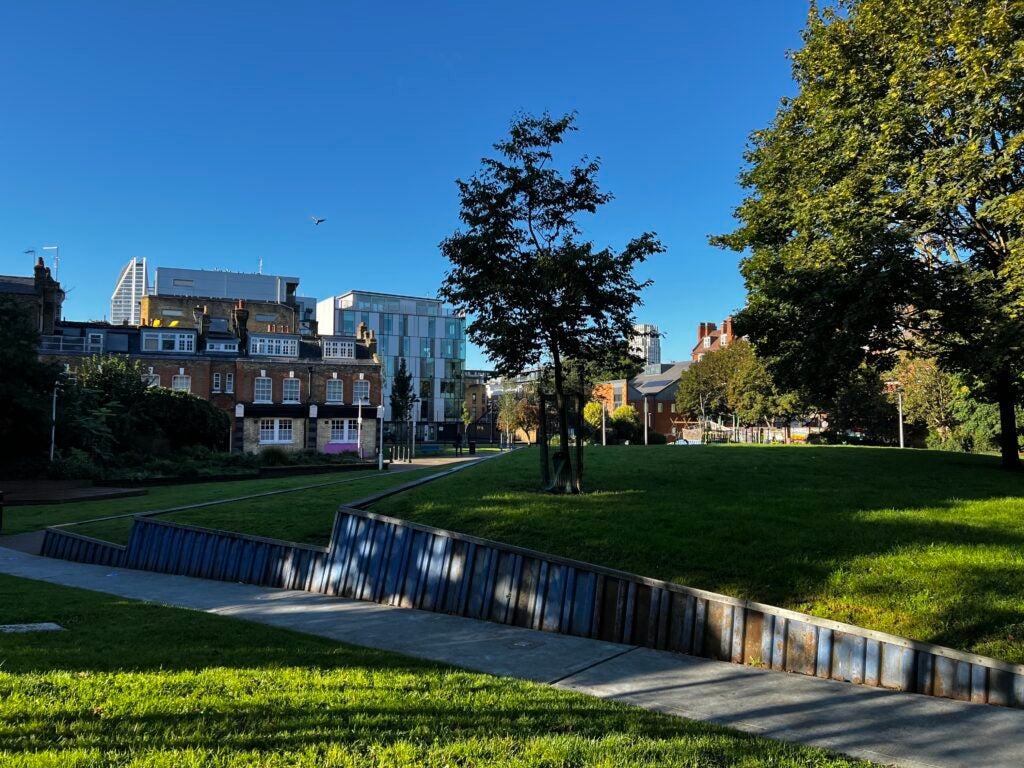

It’s important to not view these options simply as filters. They directly alter the pipeline of the image, meaning you can’t flick between styles or remove them once you’ve taken the photo. Still, they’re a welcome addition.
Performance
- The new A15 Bionic chipset is fast, even if the improvements are mainly for the extra features
- 6GB RAM and up to 1TB storage
- More 5G bands
Powering the phone is the A15 Bionic, which has a six-core CPU, five-core GPU and a 16-core neural engine for AI tasks. Apple has kitted out the Pro models with a five-core GPU rather than the four-core version in the iPhone 13 – although the benefits of this aren’t clear. There’s also 6GB of RAM, which is a 2GB boost on the regular iPhone 13 models.
Interestingly, Apple has kept the same chipset around for the iPhone 14 – so the 13 Pro performs basically the same as the newer phone.
I ran a round of the Geekbench 5 synthetic benchmarking app to get a quick overview of the performance of the A15 Bionic, and the results impressed. In the multi-core test, the score of 4791 comfortably beat the best Android phones and the 4007 score of the iPhone 12 Pro.
But benchmarks only tell part of the story; it’s the day-to-day improvements that typically make the bigger difference. I can’t say that the A15 Bionic makes it feel any faster than before, but that’s not to say that extra oomph isn’t required. It powers the Cinematic mode, the Live Text feature and the ability to shoot ProRaw and ProRes. It also ensures that the ProMotion screen works as well as it can.
All the games I tried from Apple Arcade (The Pathless, Asphalt 8+, Sayonara Wild Hearts) played without a hitch. Some games can even use that ProMotion refresh rate to play at 120Hz, with menus at 60Hz to save battery life.
There’s a wider selection of 5G bands this year thanks to a new 5G modem – and some regions, such as the USA, will get a model with mmWave 5G. There’s no Wi-Fi 6E support, though, which might annoy those who invested early in a compatible router. Call quality and Wi-Fi reception are both excellent.

The base storage size is still 128GB, with 256GB and 512GB the two options I’d suggest for most people. Then there’s a 1TB version – a first for an iPhone. That 1TB model might come in handy if you plan to shoot photos purely in ProRaw and video in ProRes – since, of course, there’s still no expandable storage.
Battery life
- No charging block included
- Better battery life than the previous two Pro models
- A full charge in less than 100 minutes
All the iPhone 13 models have received big, very noticeable upgrades to their endurance. The iPhone 13 Pro lasts far longer than both the 12 Pro, 11 Pro and even more so than iPhone 14 Pro.
If you want the absolute best battery on an iPhone ever, go for the 13 Pro Max. However, the 13 Pro has still comfortably managed to get me through the day, working into the next day if I wasn’t pushing it too hard.
Most nights after a long workday I was left with 10-15% in the tank, and that’s after many hours of screen-on time, along with bouts of streaming from Audible and YouTube, and constant Slack, Whatsapp and email alerts.
This increase in stamina comes from a few different upgrades. There’s a bigger battery, a more efficient chipset and ProMotion.
Charging is still via Lightning, which means we’re still waiting for an iPhone with USB-C. For a Pro phone that could be transferring countless gigabytes of ProRes footage, the slowness of Lightning (which runs over USB 2.0) just isn’t up to much.
The actual charge speeds are pretty quick, even if phones from the likes of Xiaomi and OnePlus leave it in the dust. Using a 20W charger (not included) and the included USB-C to Lightning cable, I managed 15% in 9 minutes; 50% in 33 minutes and a full charge in 98 minutes.
If you prefer the wireless life, the iPhone 13 Pro supports both the standard 7.5W Qi charging and Apple’s own MagSafe solution. The latter charges at 15W.
Latest deals
Should you buy it?
You’ve been longing for a 120Hz display on an iPhone: The 120Hz ProMotion screen here is glorious; it’s great to see Apple finally add the feature we’ve been enjoying on Android phones for years.
You want the best zoom camera: I love the camera on the iPhone 13 Pro, but it would be nice to see Apple follow Samsung’s lead (among many others) and utilise a periscope zoom. Until then, the iPhone’s zoom will never be quite the best.
Final Thoughts
The iPhone 13 Pro looks great, includes one of the best cameras around, and far better battery life than I’ve ever seen before on a smaller-sized Pro model. It’s a fantastic phone that ticks just about all the boxes – and this is still the case a year after release.
The addition of the 120Hz display feels like the icing on the cake. For so long this has been a glaring omission from the iPhone spec list, reserved for Android devices only. Now that’s no longer the case – and it’s great news.
The iPhone 13 Pro might no longer be the very best iPhone around, yet if you can find it for a good price there are still some excellent features here – and it’s a better overall buy than the iPhone 14.
How we test
We test every mobile phone we review thoroughly. We use industry standard tests to compare features properly and we use the phone as our main device over the review period. We’ll always tell you what we find and we never, ever, accept money to review a product.
Used as our main handset during test period
Camera tested in variety of situations with all modes
Tested with synthetic benchmarks and real world use
FAQs
The regular Pro has the 6.1-inch display, while the Pro Max ups that to 6.7-inch.
In the USA the iPhone 13 Pro supports mmWave 5G. This isn’t on the UK model.
There is no charger in the box, just a cable.
Trusted Reviews test data
Here’s the test data we pulled from the iPhone 13 Pro and how it compares to the iPhone 13.
Full specs
Here are the full iPhone 13 Pro specs and how they compare to the outgoing iPhone 12 Pro.

